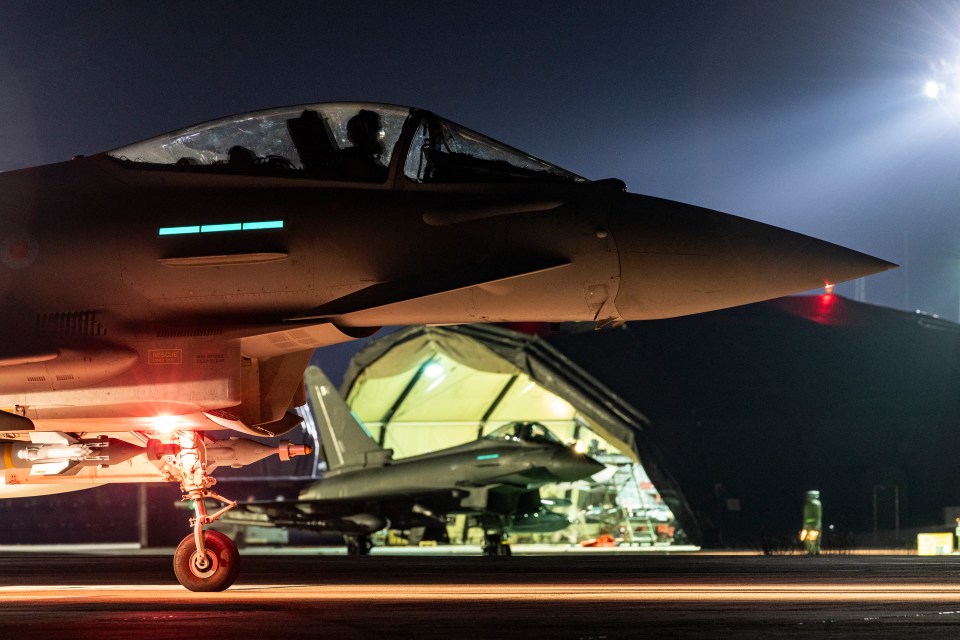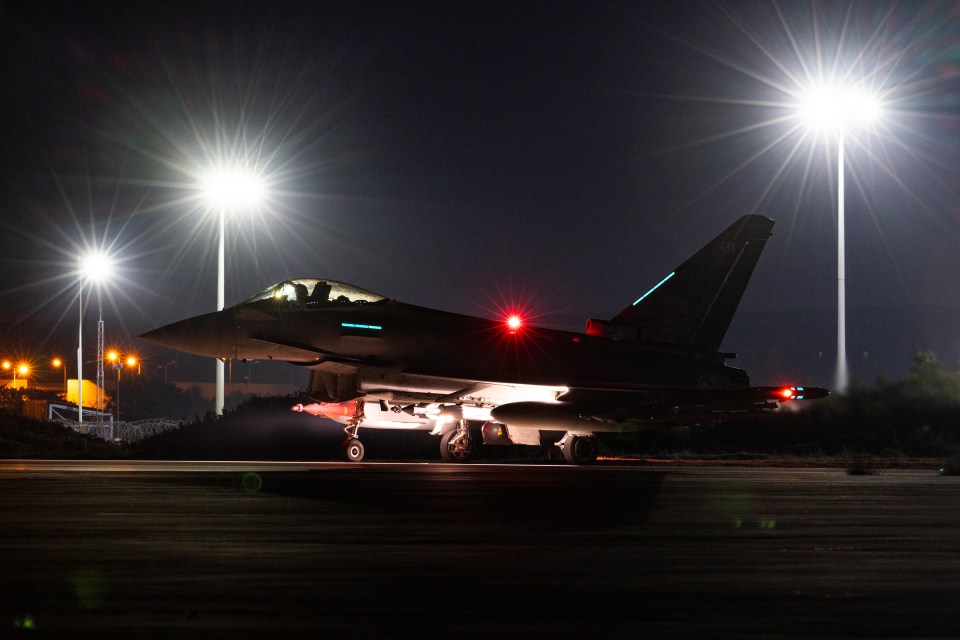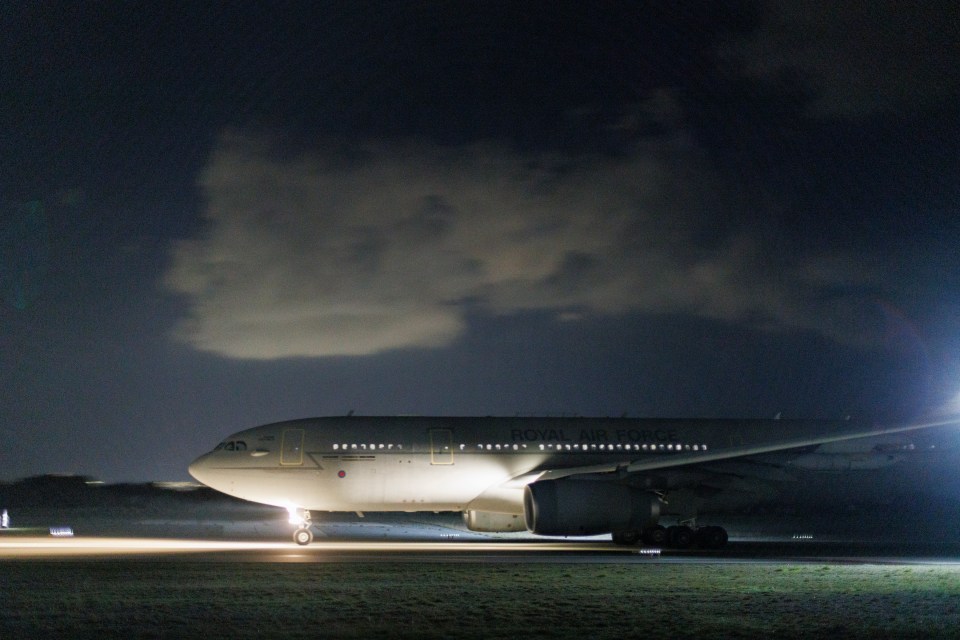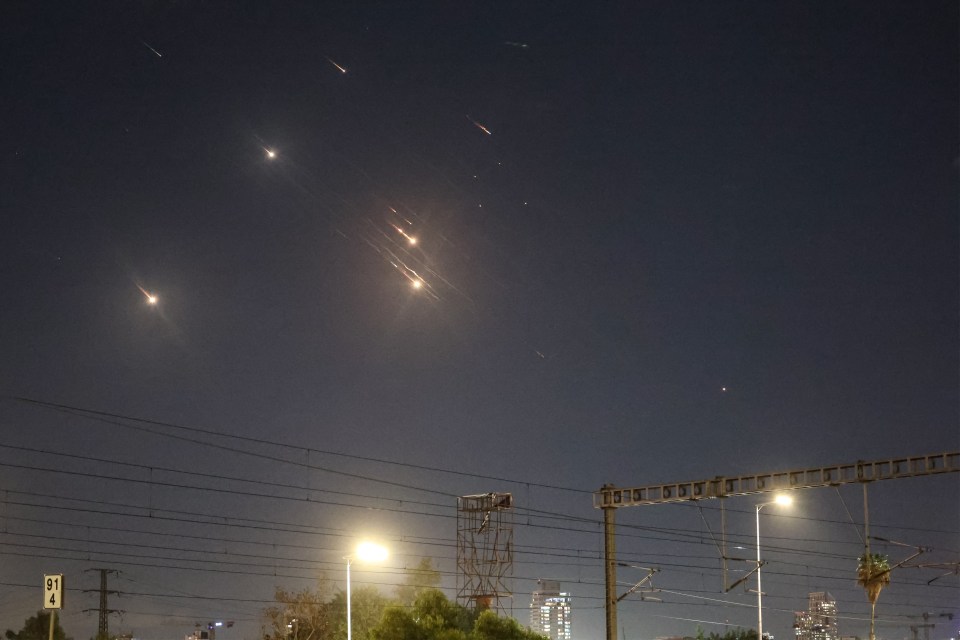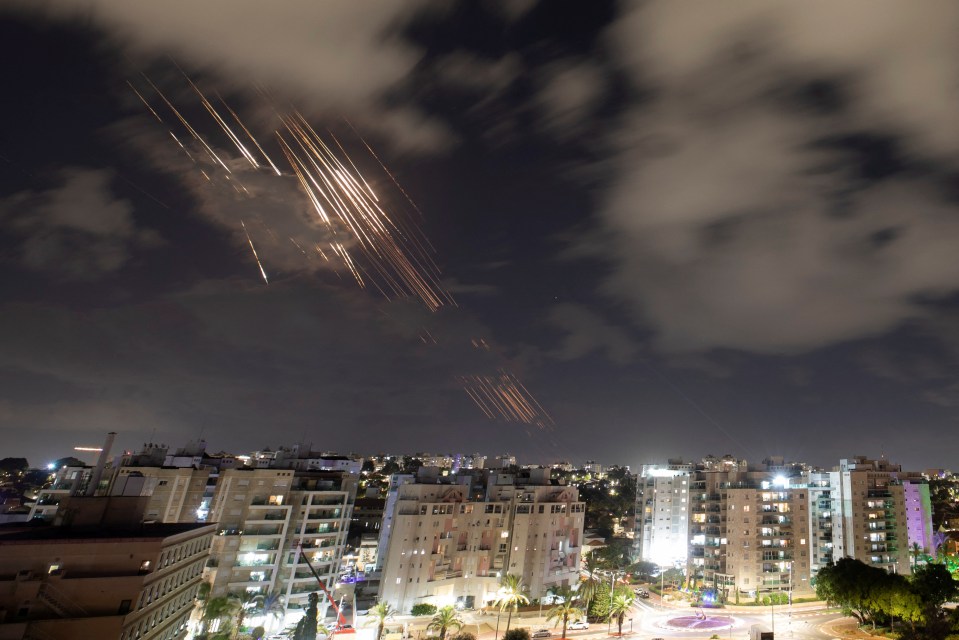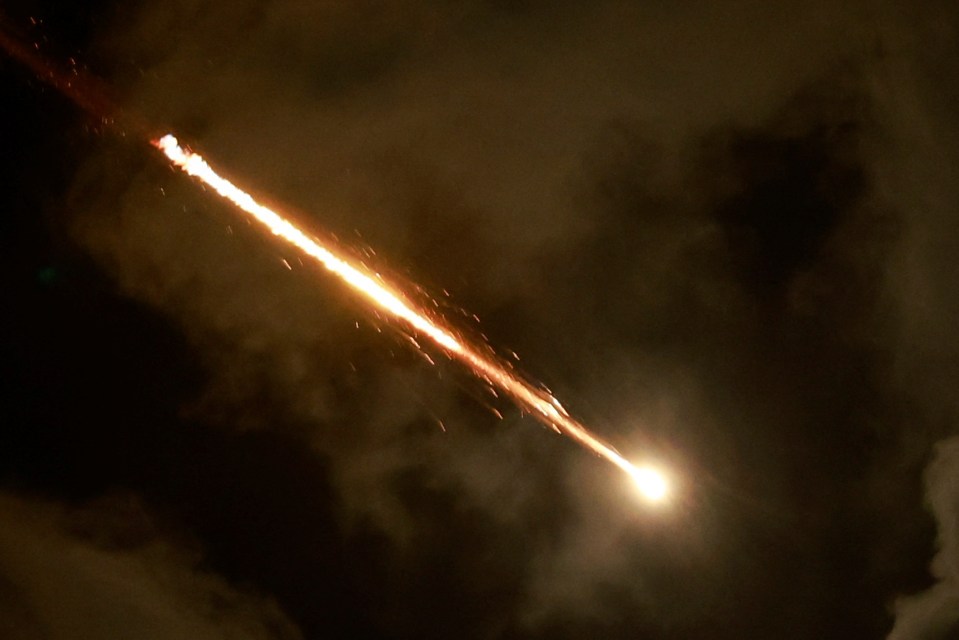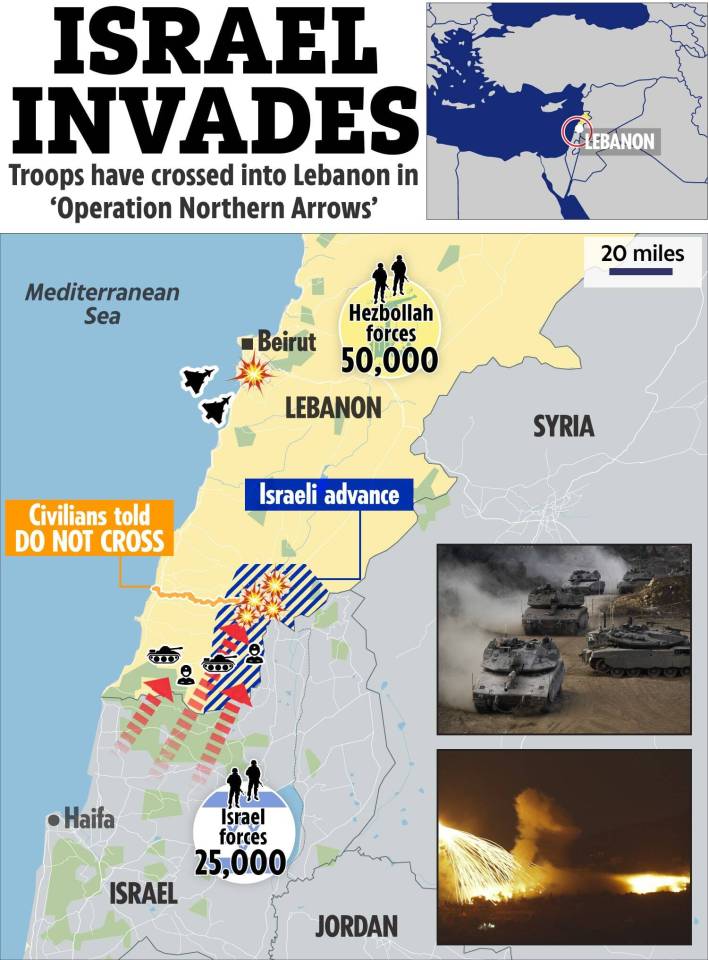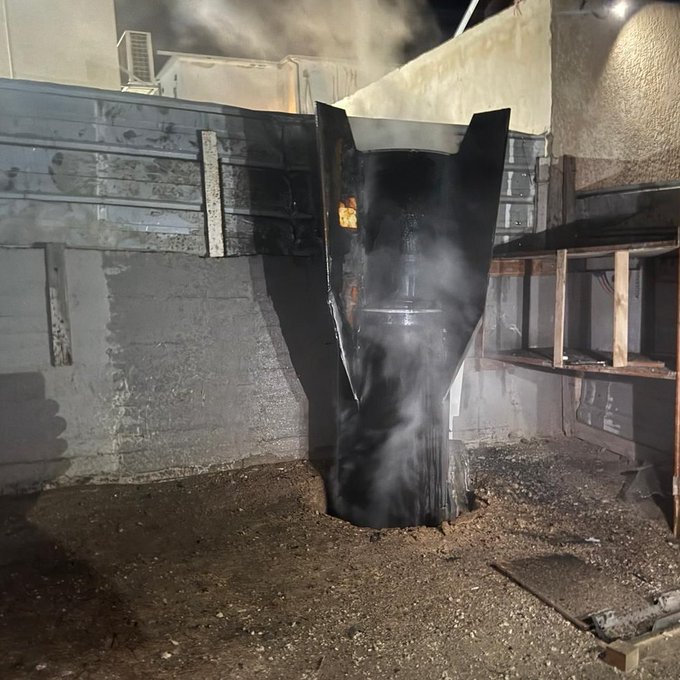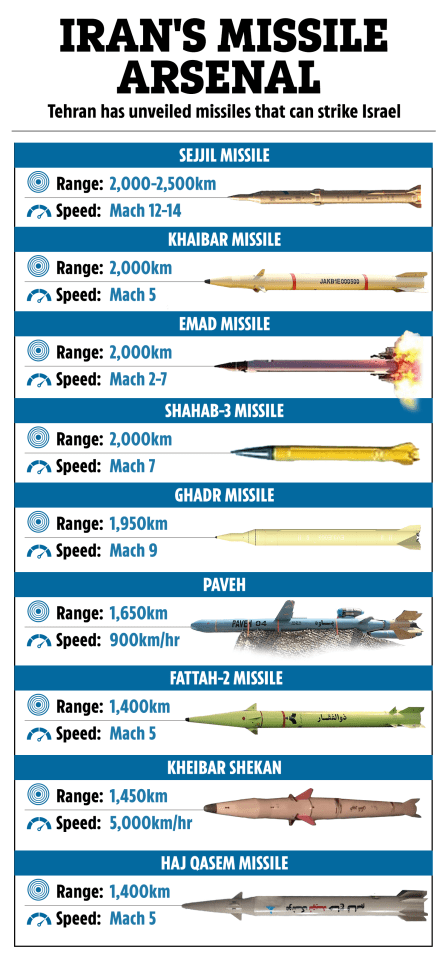BRITISH Typhoon jets were scrambled as Iran launched its missile barrage on Israel, the government has confirmed.
The Sun understands Typhoon fighter jets and Voyager refuelling planes were scrambled RAF Akrotiri on Cyprus.
Last night, Defence Secretary John Healey said: “British forces have this evening played their part in attempts to prevent further escalation in the Middle East.
“I want to thank all British personnel involved in the operation for their courage and professionalism.”
No further details were provided by the Ministry of Defence about how British forces were involved.
In April, the RAF shot down Iranian drones bound for Israel, with then PM Rishi Sunak saying the action had helped save Israeli lives.
In a statement from Downing Street on Tuesday evening, Sir Keir Starmer said Iran has “menaced the Middle East for far too long” and it must stop the attacks.
He said: “We stand with Israel and we recognise her right to self-defence in the face of this aggression.
It comes as…
“Together with its proxies like Hezbollah, Iran has menaced the Middle East for far too long, chaos and destruction brought not just to Israel, but to the people they live amongst in Lebanon and beyond.”
The IDF said a coalition, led by the US, helped bring down the bombs along with its defence system.
The Pentagon said the blitz was twice the size of Iran’s April attack, while a key adviser slammed the strike as “defeated and ineffective”.
Early warning systems detected the launches at around 7.30pm local time and skies above Israel began lighting up within minutes.
Red tracers from Iron Dome and David’s Sling interceptions were seen blasting the incoming munitions sending white flaming debris crashing earthwards.
Explosions could be heard in Jerusalem and Tel Aviv as people right across the country were told to shelter themselves for protection.
The vast majority of the incoming rockets were intercepted but videos showed a number hitting the country, including near a mall, Mossad HQ, and an airbase.
Following the barrage, Israeli PM Benjamin Netanyahu slammed Iran for making a “big mistake” and threatened “it will pay for it”.
He said: “There is also a deliberate and murderous hand behind this attack – it comes from Tehran.
“We will stand by the rule we established: whoever attacks us – we will attack him.”
Iran said it launched the strikes in retaliation for the killing of the leaders of its proxy forces over the past few months.
The escalation came after Israel began a ground invasion in Lebanon on Monday night, carrying out what it described as “limited, localised” operations.
What is Israel’s Iron Dome & how does it work?
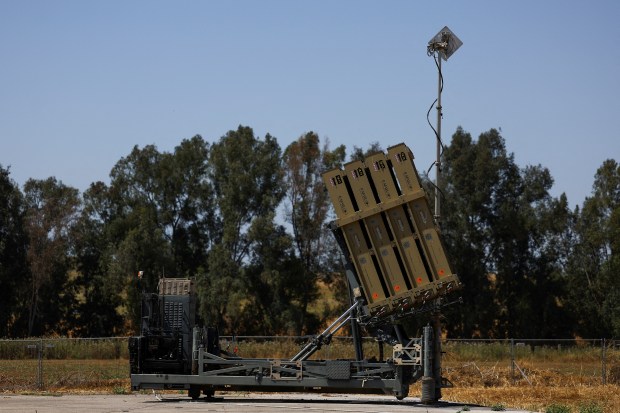
ISRAEL’S air defence system is one of the best in the world having successfully intercepted thousands of rockets.
The mobile all-weather Iron Dome is at the forefront of that and was central to fending off Iran’s recent missile and drone attack.
Here’s the lowdown on the high tech system.
What is Israel’s Iron Dome?
Iron Dome is a counter rocket, artillery, and mortar (C-RAM) short range air defence system.
It is designed to intercept and destroy short-range rockets and artillery shells fired from distances of 2–43 miles away.
It intercepts rockets that are travelling in the direction of urban areas and brings them down – the first system of its kind in the world.
Israel hopes to increase the range of the dome’s interceptions to 250km and make it able to stop rockets coming from two directions.
Developed by Rafael Advanced Defence Systems and Israel Aerospace Industries, it can be operated in all weather conditions including fog, dust storm, low clouds and rain.
From 2011 to 2021, the United States contributed a total of $1.6billion to the Iron Dome defence system, befor another US$1billion was approved by the US Congress in 2022.
How does it work?
The dome is made up of missile batteries which are shaped like giant match boxes and are tilted in the direction of Gaza.
The Iron Dome monitor detects a target using radar and monitors its trajectory.
A control centre then calculates an interception point and then commands a rocket to launch if the foreign missile is heading towards an urban area.
Once in contact with the missile, the rocket explodes and brings it down.
Each launcher contains 20 Tamir Missiles with proximity war heads and there are several batteries positioned around the country.
Since being implemented in 2011 the computer systems have been updated, improved and upgrades to improve the accuracy of the rockets.
